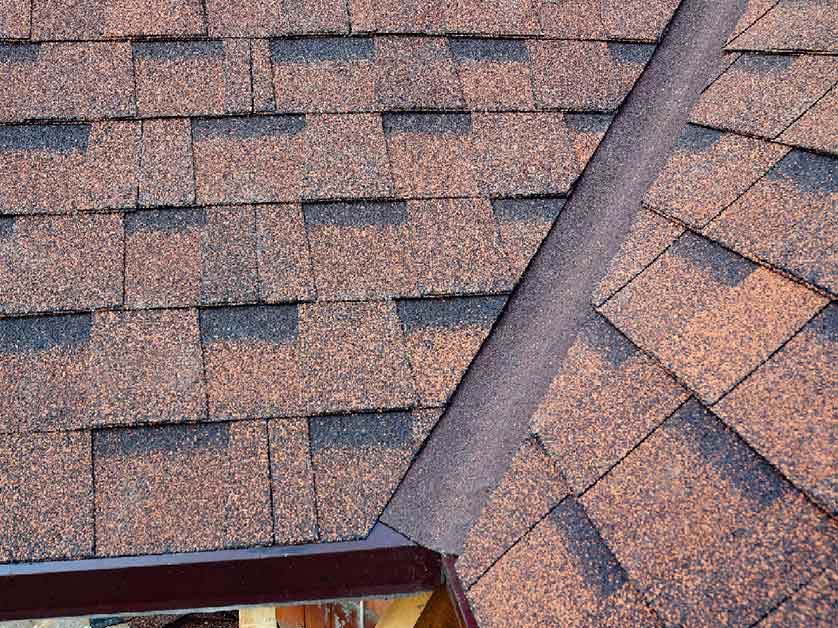In the world of construction and home maintenance, roof flashing stands as an unsung hero, working tirelessly to protect homes from water damage. Today, as we delve into the critical role of roof flashing, our discussion will hold particular relevance for homeowners in regions where the weather can pose varied threats to roofing systems.

Understanding Roof Flashing
Roof flashing is a thin but sturdy material, typically made of metal, installed on your roof to prevent water from penetrating the structure at points of vulnerability such as chimneys, vents, skylights, and the junctions at which the roof meets vertical surfaces like dormer windows and walls. It acts as a water-resistant barrier that channels water away from these critical areas, ensuring your home remains dry and damage-free.
The Critical Role of Roof Flashing
The primary function of roof flashing is to serve as a water diversion system on your roof, directing rainwater and melting snow toward the gutters rather than allowing it to pool and seep into the roof structure. Especially in areas with drastic weather changes, maintaining an unbreached line of defense against water penetration is essential. Flashing helps prevent structural deterioration that can arise from water damage, including mold growth and wood rot, thereby preserving the structural integrity of your home.
Common Materials Used for Roof Flashing
Various materials can be used for roof flashing, including aluminum, copper, lead, and galvanized steel. Each comes with its advantages, such as copper’s durability and the cost-effectiveness of aluminum. The choice of material often depends on factors like the local climate, the specific roofing materials in use, and budget considerations. For instance, in coastal areas, corrosion-resistant materials like copper may be preferred due to their ability to withstand salty air.
Recognizing Flashing Issues
Detecting issues with your roof’s flashing is key to preventing significant water damage. Signs that your flashing may need attention include visible cracks, rust, or corrosion on the metal, pieces of flashing that appear to be loose or have come entirely away from the roof, and evidence of water damage or leaks inside your home, particularly after a storm. Regular inspection and prompt repair of damaged flashing can save homeowners a substantial amount in potential repair costs.
DIY vs. Professional Installation and Repair
While some homeowners might consider repairing or replacing their roof flashing as a DIY project, the complexity of properly sealing flashing to ensure it remains watertight means that hiring a professional is often the wiser choice. Experienced roofing contractors have the tools and knowledge necessary for effective installation but can also identify other issues with your roof that might go unnoticed by the untrained eye.
Recognizing the importance of roof flashing and maintaining its integrity is crucial for homeowners everywhere. Ignoring flashing issues can lead to extensive and costly damage, ensure that your home’s flashing is in good condition by calling Vision Construction Co. LLC at (816) 743-4156 or filling out our contact form to schedule a consultation.
